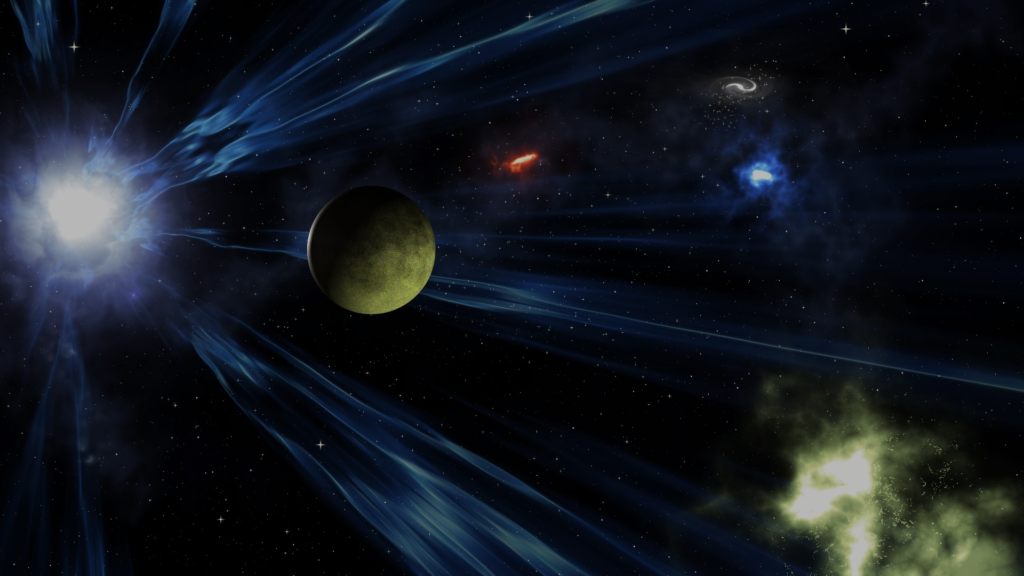## A Journey Through the Milky Way Galaxy: Its Structure and Wonders
Have you ever looked up at the night sky and wondered about the swirling band of light stretching across the heavens? That mesmerizing river of stars is our home – the Milky Way Galaxy. For centuries, it’s captivated humans, inspiring myths and fueling our curiosity about the universe. This post will take you on a breathtaking journey through our galactic neighborhood, exploring its structure, its inhabitants, and its incredible wonders. Get ready for liftoff!
### 1. The Milky Way: More Than Just Pretty Lights
The Milky Way isn’t just a random scattering of stars. It’s a vast, spiral galaxy containing hundreds of billions of stars, gas, dust, and mysterious dark matter. Imagine a giant, spinning pinwheel – that’s a pretty good analogy! We reside within one of its spiral arms, about 26,000 light-years from the galactic center. A light-year, remember, is the distance light travels in a year – about 6 trillion miles! That’s how incredibly vast our galaxy is.
Think of the galaxy like a cosmic city. Stars are like houses, clustered together in neighborhoods (star clusters) and sprawling suburbs (spiral arms). Gas and dust are the roads and construction materials, constantly forming new stars and planets.
### 2. The Galactic Heart: A Supermassive Black Hole
At the very center of our Milky Way lies a supermassive black hole called Sagittarius A*. It’s millions of times more massive than our Sun and has a gravitational pull so strong that nothing, not even light, can escape its clutches. Sounds terrifying, right? But don’t worry! It’s far away and doesn’t pose any direct threat to us.
Scientists have observed stars orbiting Sagittarius A* at incredible speeds, proving its immense gravitational influence. This observation provided crucial evidence for the existence of these enigmatic cosmic objects. It’s like watching a tiny marble whizzing around a bowling ball – the marble’s speed tells us how heavy the bowling ball is.
### 3. The Spiral Arms: Star Factories and Planetary Nurseries
Our galaxy’s spiral arms are regions of intense star formation. These arms are dense with gas and dust, the raw materials for creating new stars. As the galaxy rotates, these dense regions create waves that compress the gas and dust, triggering the gravitational collapse that leads to the birth of stars. This is like squeezing a cloud of flour – the pressure makes it clump together.
These star-forming regions are often associated with nebulae – vast clouds of gas and dust that glow with the light of newly formed stars. The famous Orion Nebula is a prime example, a stellar nursery visible to the naked eye under dark skies.
### 4. Beyond the Spiral Arms: The Galactic Halo
Surrounding the spiral arms is a vast, spherical halo that extends far beyond the visible disk. This halo contains globular clusters – dense groups of hundreds of thousands of old stars, some of the oldest objects in the galaxy. These clusters offer clues to the early history of the Milky Way, providing astronomers with a glimpse into the galaxy’s past. They are like ancient relics, preserving secrets of the galaxy’s formation.
### 5. Exploring Our Galactic Home
Studying the Milky Way is crucial to understanding our place in the universe. By observing its structure, composition, and evolution, we gain insights into the processes that have shaped galaxies across the cosmos. Furthermore, understanding our galaxy allows us to better search for exoplanets and potentially habitable worlds beyond our solar system.
The Milky Way is a dynamic and ever-changing entity, and its secrets are still being uncovered. What an incredible time to be alive and witness these discoveries!
**What are your thoughts on the Milky Way? What aspect fascinates you the most? Share your comments below!** And for further exploration, check out resources from NASA, ESA, and your local planetarium. Happy stargazing!


